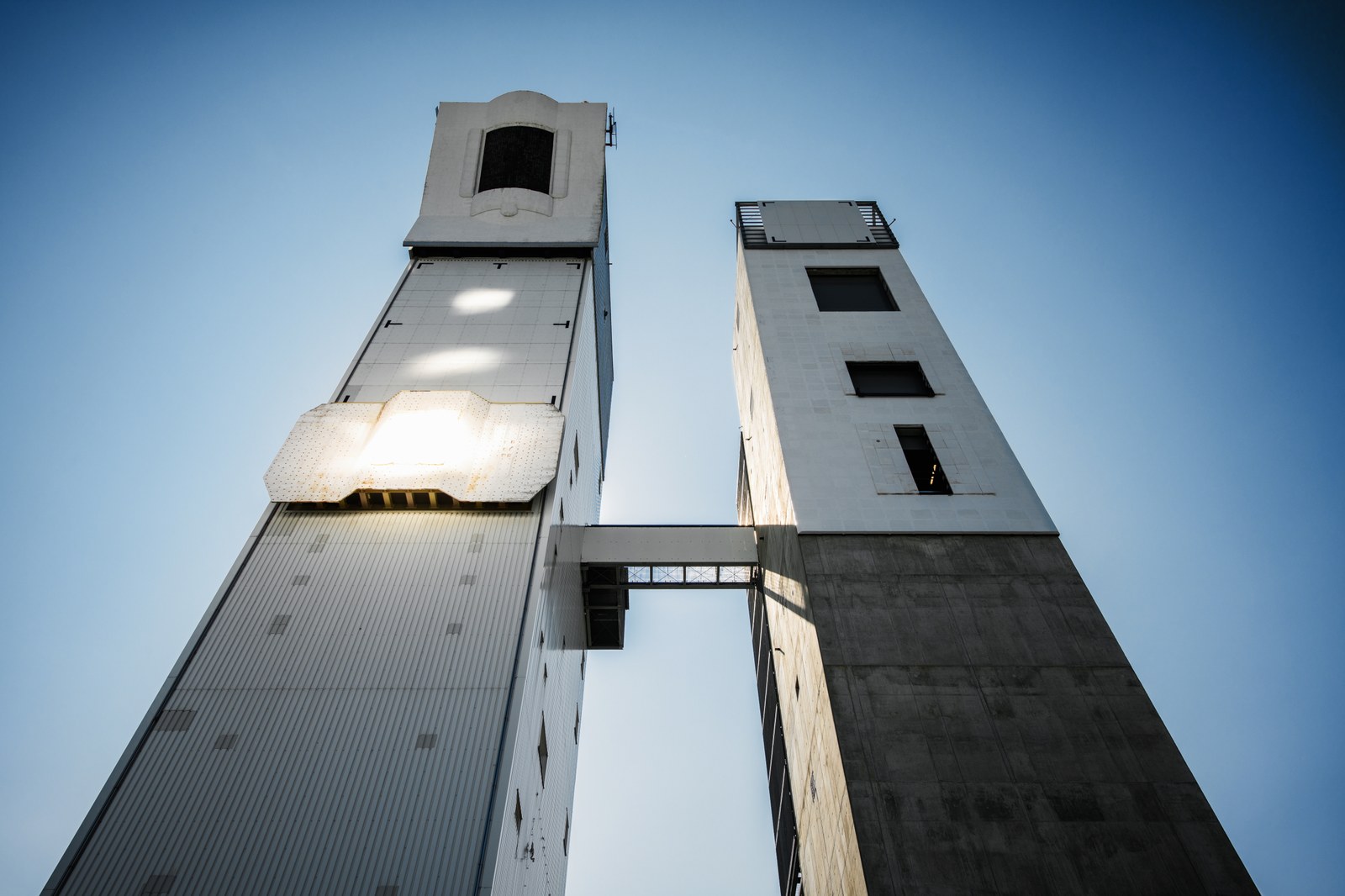TRAKSOL

Development and qualification of solar receivers based on transparent ceramics for solar chemical processes
Duration: 23.3.2018 – 22.03.2021
One of the central challenges in the design of solar receivers ist the availability of suitable materials for construction. This is especially applicable to solar receivers for chemical processes. For instance the evaporation and decomposition of sulfuric acid, where chemical stability is demanding. In the Project TRAKSOL, the application of transparent ceramics in solar receivers is investigated and demonstrated in lab scale. Through this, a relevant improvement in receiver efficiency is expected.
High-temperature heat provided by concentrating solar systems is used commercially to produce electric power, but can also be used to substitute fossil fuels in industrial processes. The chemical industry in particular offers great potential for the use of solar energy.
In the project, a receiver concept for the application of concentrating solar technology in chemical processes is being developed. The focus is the investigation and qualification of the transparent ceramic Perlucor® developed by CeramTec-ETEC GmbH with regard to its suitability for concentrating solar technology. The possibility of heating the operating media directly means that the use of this ceramic promises higher efficiencies. Due to its high resistance, the ceramic can be used for a wide range of processes.
As an exemplary process the evaporation of sulphuric acid at around 400 degrees Celsius is investigated. The evaporation of sulphuric acid is the most energy-intensive part of the two-stage hybrid sulphur cycle (HyS), in which water is split using thermal energy and hydrogen is produced. Conventional hydrogen production processes cause high CO2 emissions. Using solar energy can reduce these emissions significantly.
Based upon results of conducted corrosion tests and properties of the Perlucor®, the originally envisaged receiver concept was changed to a solar particle receiver concept. The extremely hard and temperature-resistant ceramic Perlucor® enables direct irradiation of the particles and controlling the atmosphere around them at the same time. The hot particles can be stored and their thermal energy can be used to continuously drive steam cycles for power generation or chemical processes like the sulphuric acid evaporation.
Project | TRAKSOL |
|---|---|
Duration | 23.3.2018 - 22.3.2021 |
Project participants | |
Funding | European Regional Development Fund (ERDF) "Investitionen in Wachstum und Beschäftigung" in the framework of the Leitmarktwettbewerb ErneuerbareEnergien.NRW |


